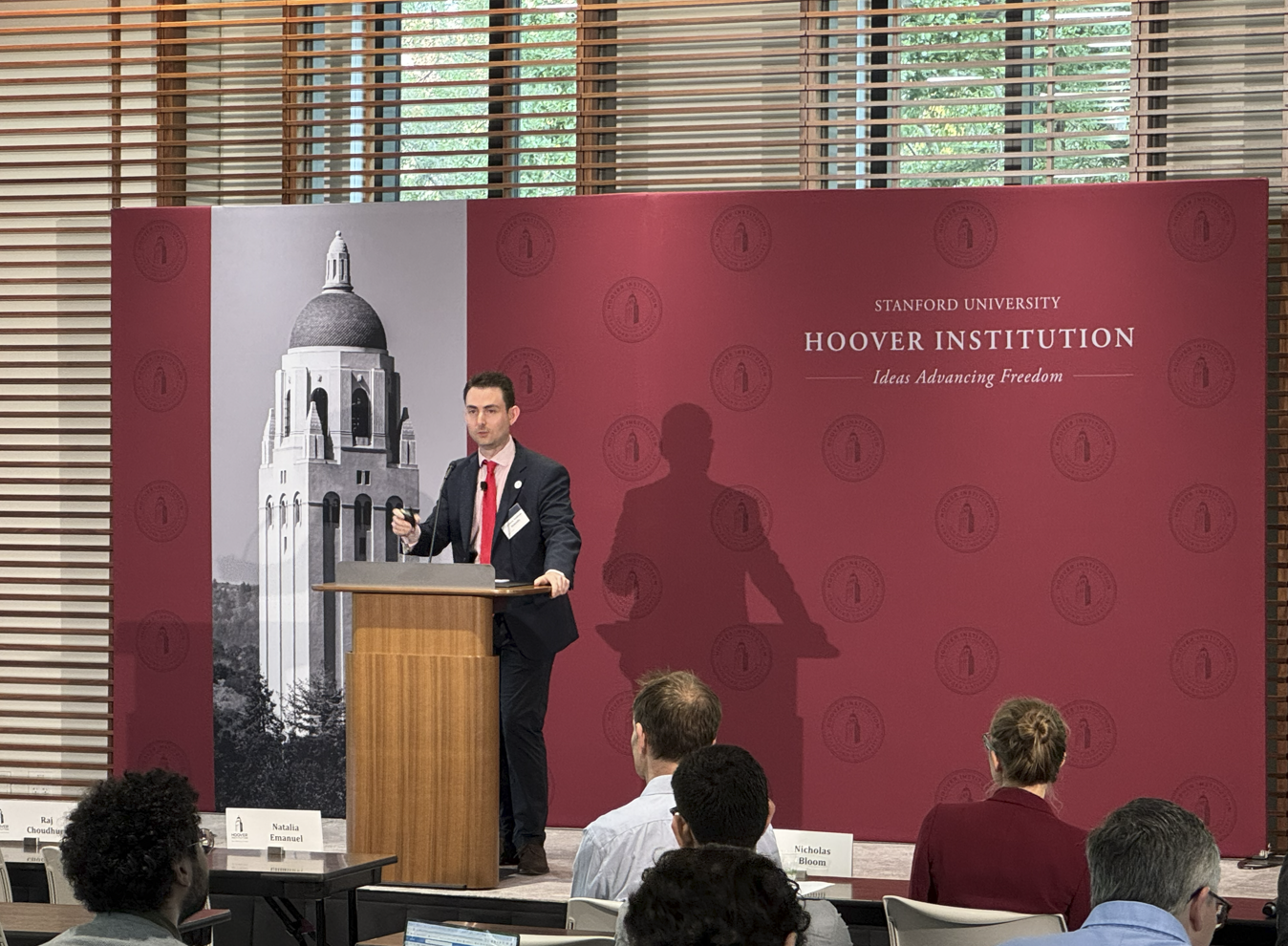
A Changing World of Work
At the recent Stanford Remote Work Conference, Living Opera co-founder Christos Makridis presented new research on how remote work is reshaping how Americans spend their time. Drawing on the American Time Use Survey (2018–2024), his paper The Allocation of Time and Remote Work finds that as remote-intensive occupations grew, employees in those fields worked fewer hours and gained more time for rest and leisure without losing productivity.
The Uneven Impact on Artists
For most creative professionals, this flexibility never arrived. The arts remain among the least remote-capable occupations because performance, rehearsal, and collaboration rely on shared physical spaces. When offices moved online in 2020, artists faced a different reality: cancelled performances, lost income, and few chances to replace in-person engagement with virtual work.
This divide matters because it highlights how much the arts still depend on fragile, place-based structures. While other sectors built digital resilience, cultural workers were left to navigate unemployment and reinvention.
What the Data Reveals
The study shows that in remote-friendly fields, time once devoted to commuting was reallocated to rest and family life. In the arts, however, time shifted toward searching for work or retraining. This imbalance underscores the vulnerability of creative labor when opportunities for connection and income are limited to physical proximity.
Building a New Model
For the Living Opera Foundation, these findings clarify the urgency of supporting hybrid and community-based approaches that keep artistic work viable and visible. Investing in digital production, education, and local networks can help artists maintain their livelihood while continuing to reach audiences directly.
As society learns to balance flexibility with meaning, artists are positioned to lead in redefining what connection and creativity look like in a world that increasingly values both presence and access.